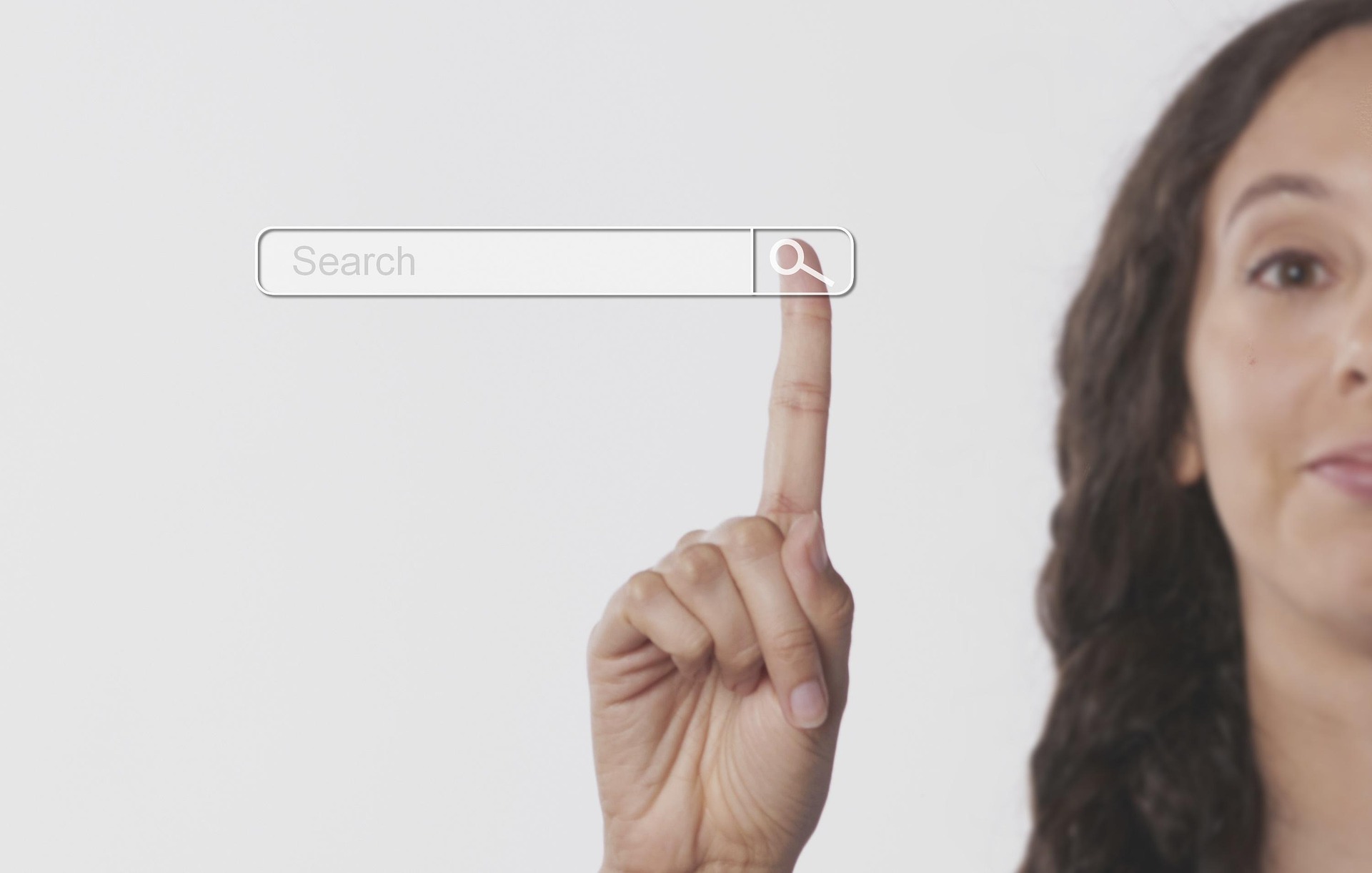Public Speaking Training Program Overview
This article provides an overview of a training program focused specifically on public speaking in professional settings.The course introduces methods for improving spoken communication, clarity of expression, and presentation delivery.Participants follow a structured learning format that includes practical examples and guided sessions.The content is suitable for individuals in workplace roles who want to improve verbal communication during meetings, team briefings, or public presentations.
What are the key components of public speaking courses?
Public speaking courses are designed to equip participants with essential communication tools. These programs typically cover a range of crucial elements, including speech organization, audience engagement techniques, and voice control. By focusing on these core components, learners can develop a solid foundation for effective public speaking.
The course structure often begins with the basics of crafting a compelling message. Participants learn how to organize their thoughts logically, create engaging introductions, and deliver powerful conclusions. Additionally, courses emphasize the importance of body language, eye contact, and other non-verbal cues that can significantly enhance the impact of a speech.
How do public speaking courses benefit workplace communication?
In today’s competitive business environment, strong communication skills are more valuable than ever. Public speaking courses are specifically designed to build communication skills for workplace meetings and presentations. These programs help professionals articulate their ideas clearly, persuade colleagues and clients, and present information with confidence and authority.
Learners in these courses often practice delivering various types of workplace presentations, such as project updates, sales pitches, and team briefings. By honing these skills in a supportive environment, participants can become more effective communicators in their day-to-day professional lives, potentially leading to improved job performance and career advancement opportunities.
What types of practical exercises are included in public speaking courses?
One of the most valuable aspects of public speaking courses is the inclusion of practical exercises. These hands-on activities are designed to help individuals improve clarity and confidence when speaking in front of groups. Typical exercises might include impromptu speaking challenges, where participants must deliver short speeches on random topics with minimal preparation time.
Other common exercises focus on vocal techniques, such as projection, pace, and tone modulation. Participants may engage in breathing exercises to control nervousness and improve voice quality. Role-playing scenarios are also frequently employed to simulate real-world speaking situations, allowing learners to practice and receive feedback in a safe environment.
How long does it typically take to see improvements in public speaking skills?
The timeline for improvement in public speaking skills can vary depending on individual factors such as prior experience, natural aptitude, and the intensity of the course. However, many participants report noticeable improvements within a few weeks of consistent practice and instruction.
Most public speaking courses are structured to provide gradual skill development over several weeks or months. Short-term courses might run for 4-6 weeks, while more comprehensive programs can extend up to several months. It’s important to note that public speaking is a skill that continues to improve with regular practice, even after the course has concluded.
What are some advanced topics covered in public speaking courses?
While foundational skills are crucial, many public speaking courses also delve into more advanced topics to help participants refine their abilities. These may include techniques for handling difficult questions during Q&A sessions, strategies for adapting presentations to different cultural contexts, and methods for using storytelling to enhance message retention.
Advanced courses might also cover the use of visual aids and technology in presentations, teaching participants how to create compelling slideshows and effectively integrate multimedia elements. Additionally, some programs focus on specialized forms of public speaking, such as TED-style talks or executive communications, catering to specific professional needs.
How much do public speaking courses typically cost?
The cost of public speaking courses can vary widely depending on factors such as course duration, intensity, and provider reputation. Here’s an overview of typical pricing structures for different types of public speaking courses:
| Course Type | Provider | Cost Estimation |
|---|---|---|
| Online self-paced course | Udemy | $19.99 - $199.99 |
| Live online group course | Toastmasters International | $20 - $45 per month |
| In-person workshop (1-2 days) | Dale Carnegie Training | $1,995 - $2,995 |
| University extension program | Local universities | $300 - $1,000 per course |
| Private coaching (4-8 sessions) | Independent coaches | $500 - $2,000 |
Prices, rates, or cost estimates mentioned in this article are based on the latest available information but may change over time. Independent research is advised before making financial decisions.
When considering the cost of a public speaking course, it’s important to weigh the potential long-term benefits against the initial investment. Many professionals find that improved communication skills lead to better job opportunities and increased earning potential, making the cost of a quality course a worthwhile investment in their future.
In conclusion, public speaking courses offer a structured and effective way to develop essential communication skills. By participating in these programs, individuals can gain confidence, improve their ability to engage audiences, and enhance their professional prospects. Whether you’re looking to overcome a fear of public speaking or aiming to become a master orator, there’s a course out there to suit your needs and help you unlock your full communication potential.
The shared information of this article is up-to-date as of the publishing date. For more up-to-date information, please conduct your own research.







